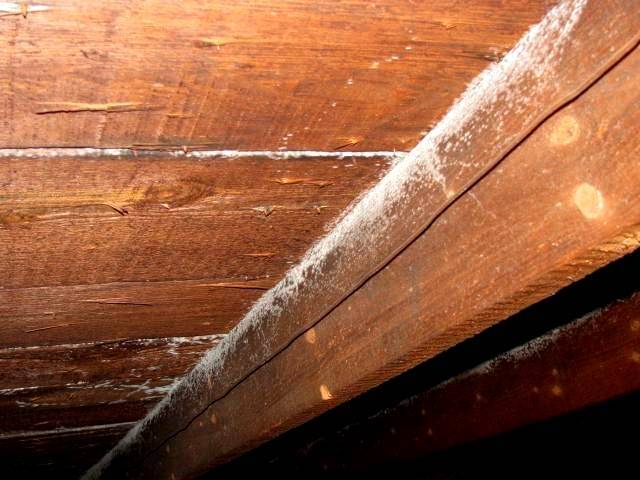Call an asbestos certified professional for assistance.
I have this brown powder dust in attic.
There are 2 inches thick light brown cellulose on top of the 2 inches thick white cellulose finer than the top layer but not in powder form.
The higher the merv rating the smaller particles it can catch.
The environmental protection agency provides ways to identify vermiculite on its website generally a pebble like material typically gray brown or silver in color.
Does anyone have any idea what this stuff is.
I have had an asbestos survey done with no asbestos found in the powder.
When we were removing the lath and plaster we found a white very fine powder insulation in the attic and sloped cielings.
The material in question looks almost like brown mulch or top soil.
There s also some fine white powder that blew in during the sandblasting.
If it seems like your filters never get dirty or you only change them once in a blue moon chances are they re not catching the dust in your air.
I have some white powder in my attic but nowhere near 4 deep and only in a few places.
Do not disturb vermiculite insulation.
Buy air filters with a higher merv rating.
Typical fiberglass filters are rated 1 4.
Attic is in a multifamily housing unit built circa 1994.
It is spread out on the floor of the attic approximately seeral inches.
It only shows up near areas of stucco damage on the exterior walls so i think it s from the old stucco perhaps a bad mixture here and there.
The white stuffs turned to white ash after a fire test.
Vermiculite loose fill insulation is one of the most common household materials that contains asbestos.
It is made from a natural mineral material that is mined from the earth.
My hesitancy there is that this big cloud of dust doesn t dissipate like a fog and the powder settles on top of everything it touches.
Before i go further there are power dusters and you could treat an entire attic much the same as with a fog machine.

